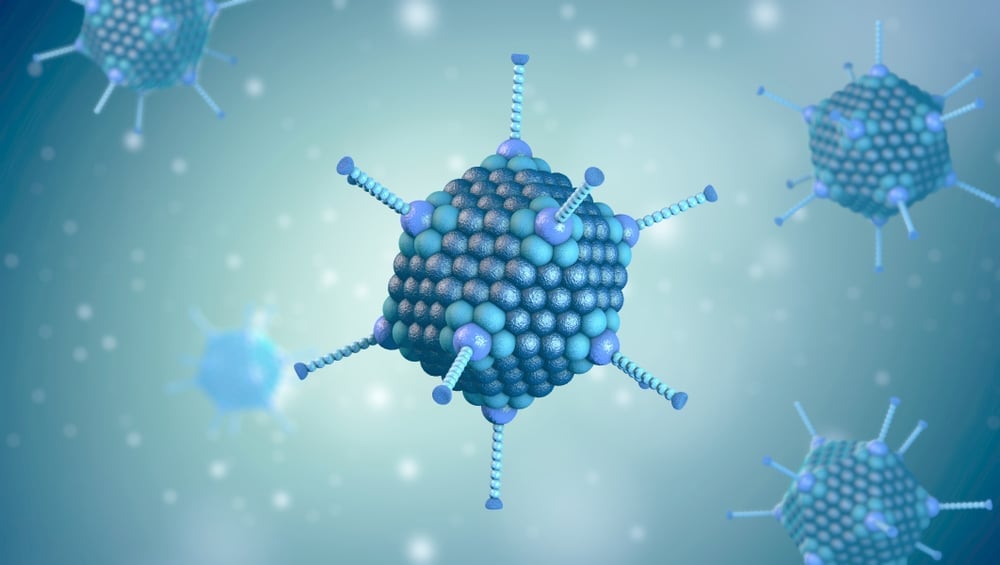Newsletter Signup - Under Article / In Page
"*" indicates required fields
By Tuyen Ong, CEO Ring Therapeutics, CEO-Partner Flagship Pioneering
Gene therapy is a life-changing class of medicine that can treat patients with once intractable diseases.
While revolutionary, significant limitations remain for the vectors that carry them.
Viruses are masters at delivering genetic material to the nucleus of the organisms they infect, and because of this, they were the first vectors that were developed for gene therapy delivery. A plethora of viral vectors entered the gene therapy arena including lentiviruses, retroviruses, herpes simplex viruses, adenoviruses and adeno-associated viruses. Each of these vector candidates are highly immunogenic, recognized quickly by the immune system and cleared from circulation – leaving antibodies specific for these viruses surveilling the body for the next potential infection.
Developing new approaches to build viral vectors for gene therapy
While this process is ideal for natural viral infections, it poses a problem for viral vectors carrying therapeutic cargo.
Innovation to engineer first-generation viral vectors has been ongoing for decades with incremental successes. Therapeutic genetic cargo, however, has advanced leaps and bounds. Developing new approaches to building viral vectors to carry next-generation medicines is more necessary than ever as many are entering the clinic and eliciting toxic immune responses.
Sequencing the human virome
One key innovation to address this need is driven by a change in focus for the field of virology. Until recently, scientists have largely characterized viruses that are associated with disease. But what if there were viruses that the immune system didn’t recognize, ones that aren’t foreign to us? The sequencing of the human virome uncovered the presence of a family of commensal viruses that have lived inside humans for millennia called anelloviruses.
Anelloviruses are the most abundant commensal viruses in humans. They are present in a multitude of tissues across our bodies, and they do not elicit a robust immune response. Since they live inside humans without causing harm or disruption to a person’s health, they represent a promising vector with vast potential for genetic medicine.
In this largely stagnant area of research and development, anelloviruses bring hope for the future of the field. The need to build out this delivery toolbox for genetic medicines will only continue to grow.
We owe it to our patients and the community to rework existing tools and to think beyond the toolbox, seeking entirely new approaches to reshape what’s possible in genetic medicine.






